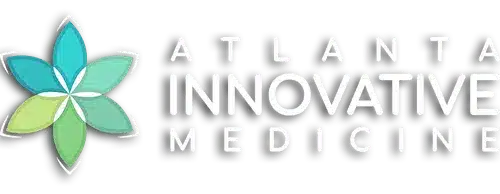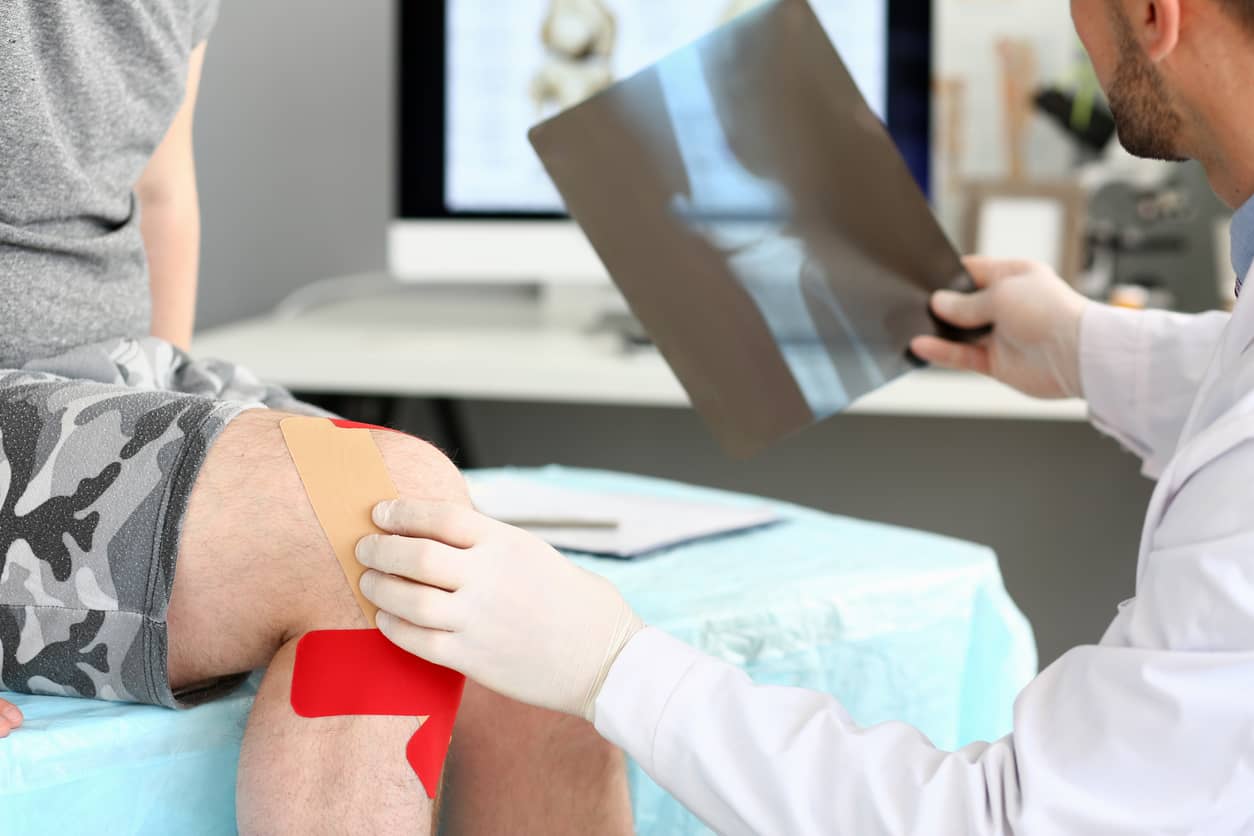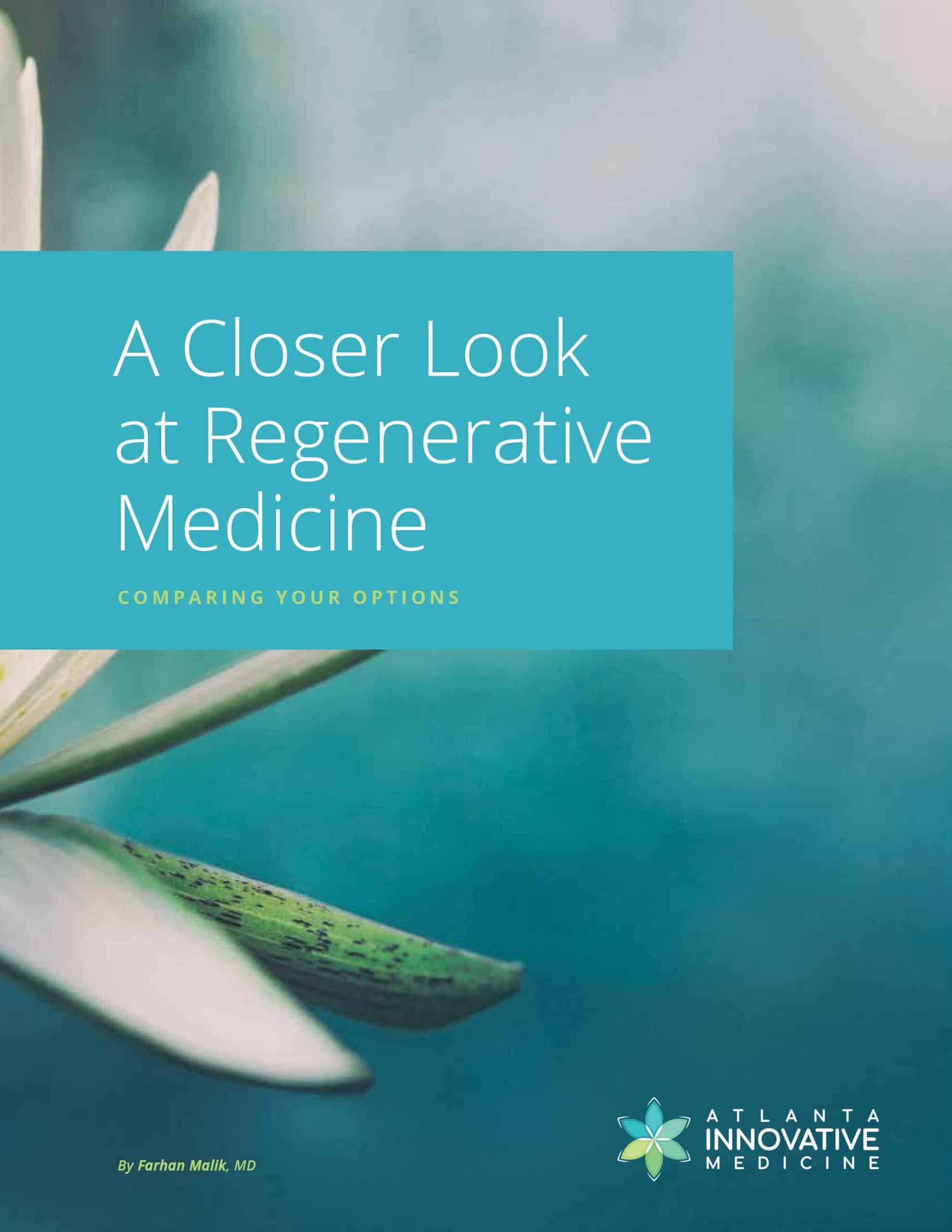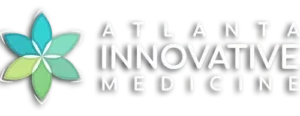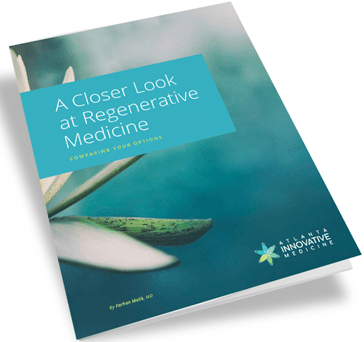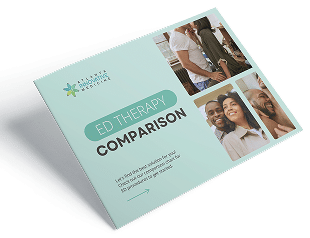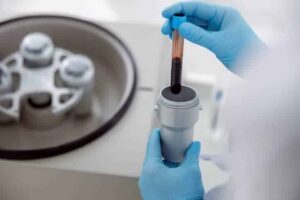
PRP therapy, known as platelet-rich plasma therapy, has been an immensely popular treatment for patients suffering from joint and soft tissue injuries. This immense popularity has increased a lot over the last decade, but PRP itself has been around for many decades.
Atlanta Innovative Medicine is a provider of PRP therapy with board-certified specialists who have performed thousands of PRP procedures to date. The Atlanta regenerative clinic offers free consultations to patients who are suffering from joint pain, back or neck pain along with overuse conditions and sports injuries.
If you are in pain and interested to see if PRP therapy is the right choice for you, please call our Atlanta clinic today at 770.416.9995 for a free consultation with one of our experienced doctors.

What exactly is PRP therapy and how can it help patients? The definition of PRP is an autologous blood sample that has a platelet concentration above that contained in normal baseline blood plasma. What that means is that it’s an autologous procedure where the blood comes from the patient.
The Atlanta PRP therapy procedure starts with a simple blood draw from a patient, just like you would have at a lab. Approximately 1 to 2 test tubes of blood are drawn. The blood is then placed into a kit, which is added into a spinning machine called a centrifuge. The blood is then spun for approximately 10 minutes at high speed, usually around 4000 RPMs.
Once the spinning process is complete, the blood will have been separated into three layers. The bottom layer, which is dark red, contains all of the red blood cells. These cells are not used for treatment, so that part is discarded. Red blood cells can be harmful to cartilage and are not significantly helpful for assisting with healing ligament or tendon injuries.
The top segment contains some platelets, electrolytes, growth factors and a substantial amount of plasma. This is actually ideal to use for the ultimate injection. The really beneficial components are inside the middle layer, which is called the buffy coat. This contains a high concentration of platelets along with over a dozen growth factors and some white blood cells as well.
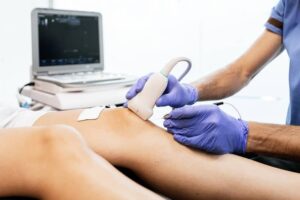
Normal blood has around 200,000 platelets per microliter. The PRP concentration usually contains 4 to 8 times that concentration. The math ends up being approximately 1 billion platelets per milliliter.
Describing all of the different growth factors present in PRP is a little beyond the scope of this page, however, they are very active and stimulate new blood flow, new collagen formation, differentiation of cartilage and bone cells along with calling in additional repair cells.
All PRP systems are not the same. For instance, putting one’s blood in a simple test tube and spinning it typically does not achieve substantial concentration of platelets or growth factors. The best systems, such as that used at Atlanta innovative Medicine of Georgia, produce an increase of platelets of 7 to 10 times over baseline of that in the blood. Does this lead to better healing capacity? Absolutely.
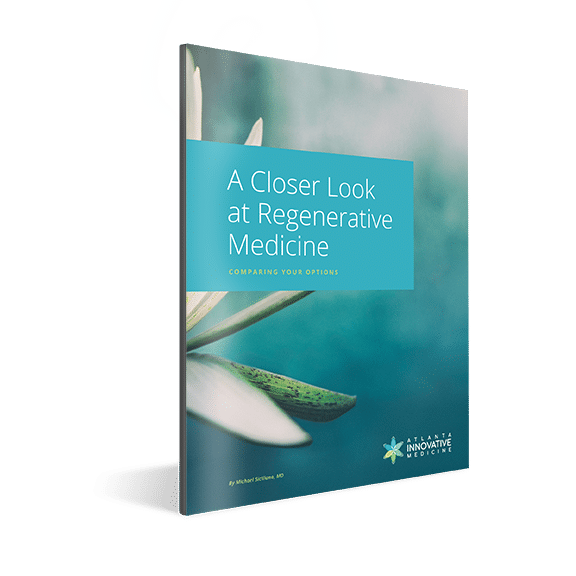
Subscribe for Expert Insights and Our Ebook
A Closer Look at Regenerative Medicine: Comparing Your Options Learn about treatment options like Platelet Rich Plasma (PRP), Prolozone Therapy, and Stem Cell Therapy.
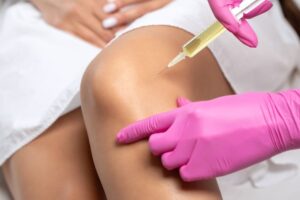
Frequently Asked Questions About PRP Therapy
There are a few questions that are commonly asked about PRP therapy in Atlanta, GA.
One is whether or not a person’s age affects the quality of PRP. The answer is no. Studies have shown no significant changes in platelet concentration or growth factors in relation to age or gender.
Another frequent question our clinic in Atlanta receives is, “What are the most common bone and joint conditions that can benefit from PRP therapy?”
The list is quite extensive and it starts with arthritis of the hip, knee, shoulder and other extremity joints.
- There have been recent studies performed on PRP for the spine which have shown significant benefits for upwards of a year.
- Plantar fasciitis has been shown to benefit tremendously from PRP therapy along with rotator cuff tendinitis.
- Tennis and golfer’s elbow along with jumper’s knee have all responded well to platelet rich plasma therapy. Studies looking at PRP therapy for ligament injuries, such as in athletes, have shown excellent results for pain relief, recovery and return to high-level athletics. (Regenerative Medicine 2019)
Another question our Atlanta doctors commonly hear is, “Will I need more than one PRP procedure? Some recent studies for arthritis have found that multiple PRP procedures increase its effectiveness. This was detailed in a study of close to 100 patients in the world Journal of orthopedics from 2019.
The Effectiveness of PRP Therapy with Pain Conditions
PRP therapy does work well for lower back pain, either due to degenerative disc disease or spinal arthritis, known as facet syndrome. A study out of Regenerative Medicine in 2019 confirmed the back pain effectiveness.
PRP treatment is a very safe procedure based at our clinic in Atlanta, Georgia. The blood comes from the patient him/herself and is prepared within 30 minutes. The injection is performed at the same setting, so there is minimal risk of infection and no risk for rejection.
Patients are frequently able to avoid the need for potentially risky surgery, while getting back to desired activities. This may include casual recreational activities or high level athletics.
Getting Started with Your Atlanta PRP Therapy Treatment
Atlanta Innovative Medicine is a leading provider of PRP therapy with board-certified doctors who create custom-tailored strategies for each patient based on their condition.
Our clinic offers free consultations for patients who are experiencing neck or back pain, joint pain and other types of physical injuries.
To get started, simply call our Atlanta PRP therapy clinic today at 770.416.9995 and our knowledgeable staff will answer any questions and help set up a free consultation with one of our experienced doctors.
Quizzes
Are you a candidate for Regenerative Medicine?
Regenerative medicine can be an effective therapy and treatment option for lasting pain relief for a variety of conditions like osteoarthritis of the knee, hip or shoulder; ACL or meniscus tears; tennis or golfer’s elbow; chronic neck and back pain; and more.
Is it right for you and your condition? Take 1 minute to answer a few “yes or no” questions that help to assess if you might be a candidate for PRP, stem cell or other nonsurgical regenerative treatments.
Are You a Stem Cell Candidate for Your Joint or Spine Damage?
Are you a candidate for Platelet Rich Plasma (PRP) Therapy?
Do I have nonsurgical options for my injured or aging joints?
Take the Pain Medications Risk Quiz
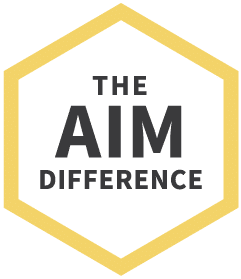
Regenerative Medicine.
Reimagined
- Advanced hybrid therapies, including Mesenchymal Stem Cell therapy combined with different mechanisms of action that synergistically come together to support ultimate healing
- More powerful PRP that’s customized, amplified and personalized
- Therapies delivered by an experienced, compassionate team comprised of multidisciplinary experts in traditional and alternative medicine working as your team: Medical Doctors, Nurse Practitioners, Physiotherapists and Chiropractors
- Advanced training through the American Academy of Orthopedic Medicine, the American Osteopathic Association of Prolotherapy Regenerative Medicine, and more
All content of this page is for informational purposes only and is not intended to serve as a substitute for the consultation, diagnosis, and/or medical treatment of a qualified physician or healthcare provider. Individual results may vary. Your medical professional can explain all the risks and potential benefits of any therapy based on your specific circumstances. At this time regenerative therapies are not FDA approved. Neither Atlanta Innovative Medicine nor its physician affiliates promise regenerative therapies as a cure for any condition, disease, or injury.
Other Atlanta Areas We Service:
© 2024 Atlanta Innovative Medicine, LLC. All Rights Reserved. AIM Scholarship Opportunity
